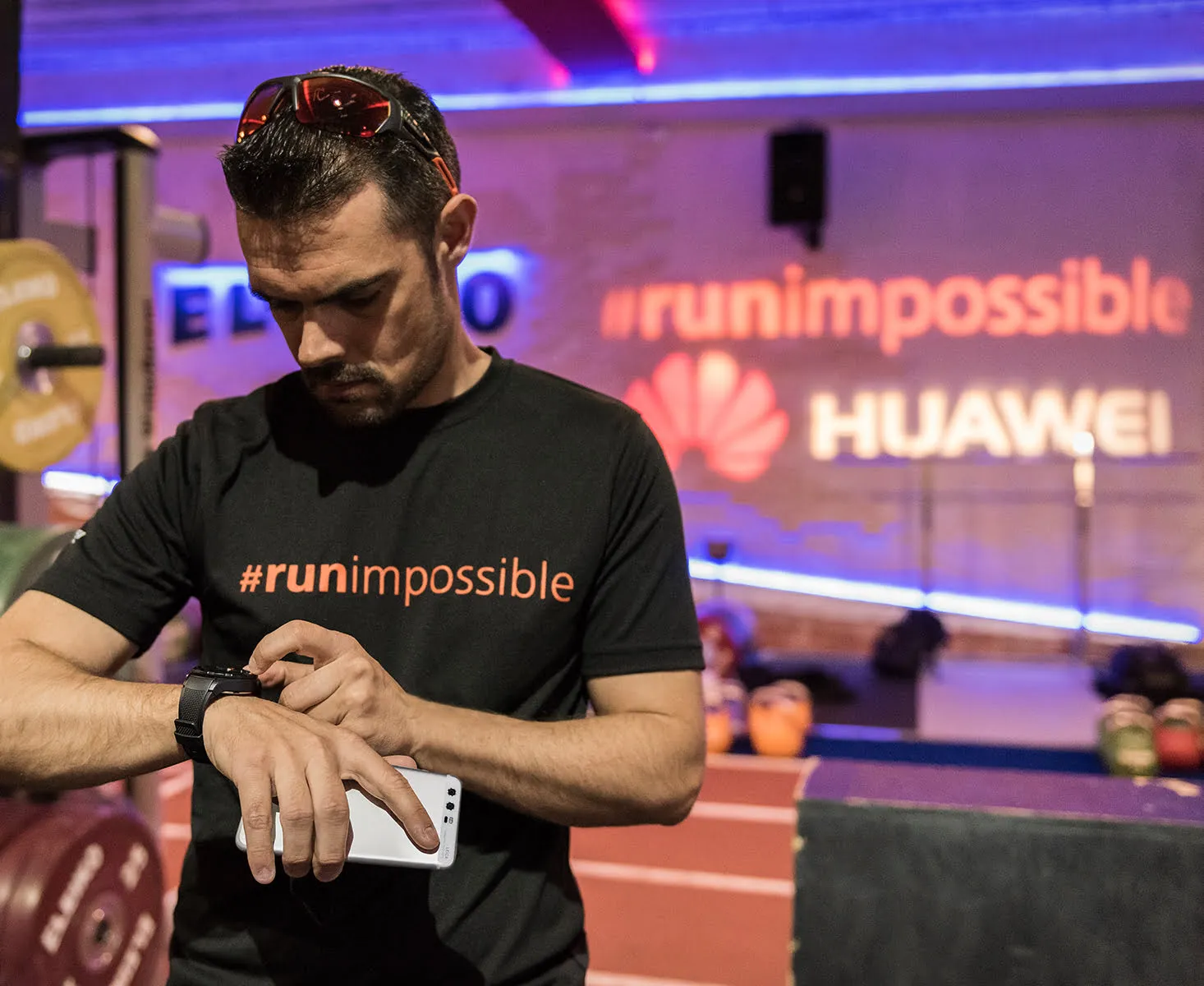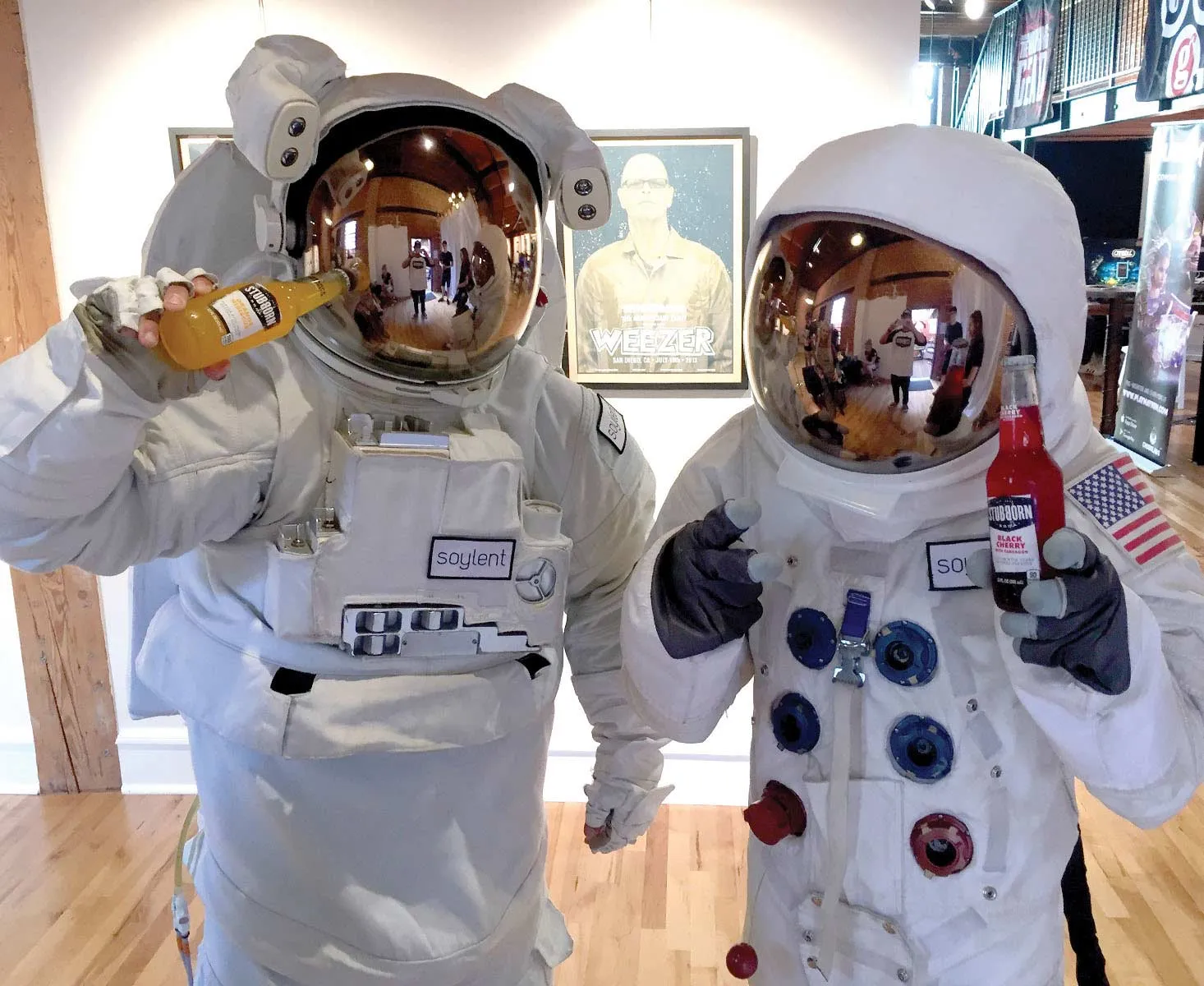Each year, the sports world has a stronghold on fandom that even the most popular brands only dream of. And teams’ emotionally-charged stories only add to their allure. Whether it’s the Philadelphia Eagles’ charge to Super Bowl victory after the loss of their star quarterback or the Red Sox World Series win under the guidance of a rookie manager, 2018 had it all.
Last year’s most successful sports teams demonstrated a thing or two about what it takes to build stronger communities and reach organizational goals. And they all had one thing in common: buy-in. And it wasn’t just buy-in from the players, but the coaches, the front office personnel, interns – even the stadium staff. And those within these winning organizations showed an immense amount of trust in each other.
Case in point: down 2-1 in the 2015 NBA Finals, the Golden State Warriors pulled center Andrew Bogut for small forward Andre Iguoala, swapping someone who had started the previous 67 games for someone who had never started — and it worked. But this key strategic move that led the Warriors to their NBA finals win wasn’t at the direction of head coach Steve Kerr, but rather his “special assistant,” Nick U’Ren; a low-level staffer who, most days, was tasked with creating warm-up playlists, scheduling press interviews, and editing highlight videos together.
Any brand can take a lesson from Kerr’s (or should we say, U’Ren’s) playbook. And whether it was the Warrior’s win or that of championship teams across various leagues and sports, lessons in leadership, trust, teamwork, and success translate off the field or court. These strategic takeaways will pay off when it comes to brand strategy, growth and achievement.
Creating a unified locker room culture
The unusual degree of democracy in the Golden State Warrior’s locker room isn’t the only example of Steve Kerr’s leadership and its continued payoff for the team. On May 31st, the New York Times ran an article exploring nuances surrounding the Warrior’s halftime drill and how it ties into the team’s typical 3rd quarter performance. As the article alludes, most of its rituals are standard and relatively mundane. But it’s Kerr that ultimately brings everybody together by creating an open forum. “He is the authority based on title,” said assistant coach Bruce Fraser, “but our culture is by community. He’s one of them. He doesn’t look at himself as a figure they have to defer to.”
Many players told the Times that their chance to speak up allowed them to recalibrate and perform better when they got back out on the court. They felt trusted, valued, and as a result, more unified as a team. The same opportunity to recalibrate and re-group as a team can be equally invaluable for those working in almost any workspace. Kerr’s unique approach to creating a unified culture is not just attributed to his leadership and direction, but also the opportunity that he gives his team to buy-in to what comes next. The Warrior’s have held multiple championship titles as a result.
In many cases, your company’s culture is the brand, and it starts from the top. But it also includes everyone else. Leadership and the team must have a collective self-awareness and, like Kerr, be willing to play on each person’s strengths and shake up the ranks when necessary.
Not just harnessing talent, but the right talent
When the Red Sox won the World Series this past October, Alex Cora – who previously won a World Series title with Boston as a player in 2007 – became the fifth rookie manager to ever win a World Series championship. His triumph also became a shining example of what it means to go beyond simply filling a role with talent. Though he retired as a player in 2011, Cora has always shown determination to position his team as champions in a variety of ways. “Alex gets a feel of the clubhouse and always has an idea of what’s going on, how guys are feeling,” J.D. Martinez told the Boston Globe. “Guys want to play for him. That’s all led to his success.”
Similar to Steve Kerr, Cora’s influence is easy to see in the performance of his players, as well as their small and large team victories. But he’s largely been considered the right talent for his role, because he doesn’t always conform to tradition for tradition’s sake. One is in the way that he’s integrated analytics into the daily operations of Red Sox training. Cora led the Red Sox to win the World Series not because he was management material, but because he’s the right person at the right time who can speak to players in the right way. For brands, talent is everything; It shapes and influences the creative direction regardless of what course of action may need to be taken. And it is strategic talent decisions – not just selecting the person with the biggest resume – that are often overlooked when evaluating the success of a team or campaign.
Power is in belief – not a job description. Great brand strategy means hiring someone who believes in your mission as an organization. But your own selection process shouldn’t be the sole focus. You take great care in who you select, but it’s wise to ask them to demonstrate their buy-in. For example, during a new hire’s training, online shoe store Zappos offers him or her $3,000 to walk away from the job. They believe so strongly in hiring the right people that if by then “candidates haven’t become Zappos insiders, committed to the values and culture, then the company really prefers that they leave.” The right person with brand buy-in should trump the good-on-paper “celebrity” hire.
Don’t play like you’re the underdog — even if you are
This is a mentality thing. If you look at the season that the Philadelphia Eagles had prior to their Super Bowl win, it would have been easy to count them out early on. By October they had already lost critical players: safety Chris Maragos, running back Darren Sproles, middle linebacker Jordan Hicks, and left tackle Jason Peters. But they pushed through and got stronger – not as individuals, but as a team. But then came the final (what should have been) death-blow: losing their star quarterback Carson Wentz to a torn ACL.
Making a comeback after facing this degree of adversity as a team requires more than simple resilience. But as cliché as it may sound, the Eagles believed in themselves. And believing could arguably be the strongest form of buy-in. Every player on the team knew that they were going through the season as underdogs, but they never played like it. No matter the setback, they approached every game like the championship team that they inevitably became. Ultimately, those companies that adopt an Eagle-esque brand strategy are better equipped to operate outside of the odds that are against them. This year, the Eagles taught us that it’s possible for a determined group to overcome a seemingly impossible situation.
It’s critical for companies to understand that brand strategy has to be inside-out. What you say externally to the world needs to be what you and your team internally believe. Your core values, purpose, mission statement, and all aspects of the brand DNA articulate what you believe and, importantly, why others should care. By establishing and living your brand DNA, your team is better equipped to believe in your mission and succeed, whether you are a start-up or a global household name.
Developing a winning brand strategy
By adopting some of the key strategies and mentalities we saw emerge from 2018 championship playbooks, brands can achieve similar victories in their own right. And not just in terms of reaching organizational goals but affirming buy-in — from employees, executives, clients, investors and other stakeholders.
Most companies understand the need for a brand style guide or brand pillars, but many decide to design these elements with a focus on external outputs such as marketing campaigns, print ads, or signage. At ALB, we create a brand DNA for external campaigns and to inspire internal teams to buy into the company’s “why.” These are the people who not only help execute brand strategy but use your story to grow your brand. And who knows? Maybe they will lead your company to achieve major league-level fandom in 2019.







